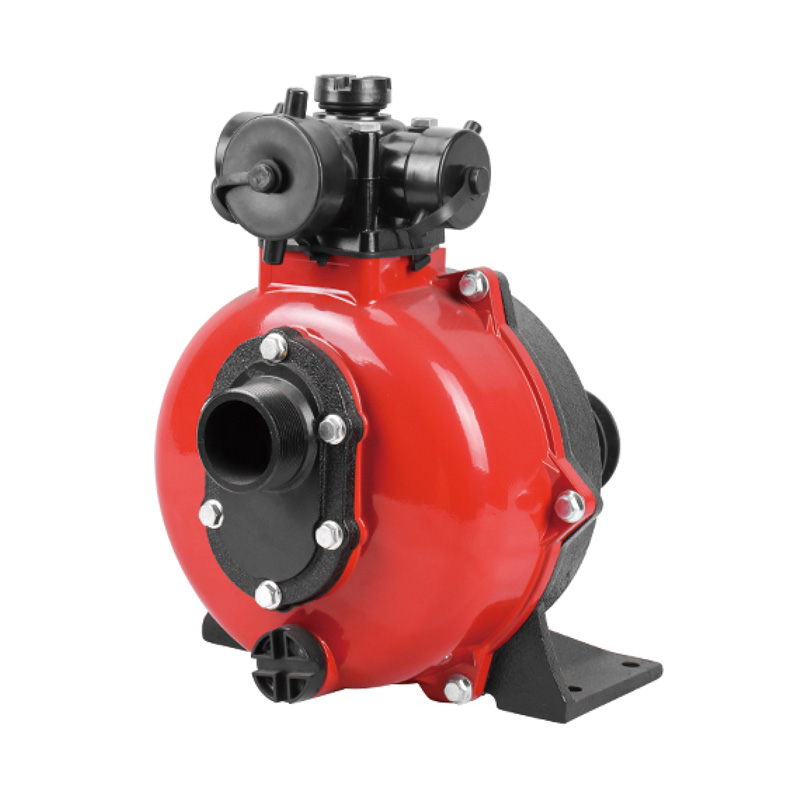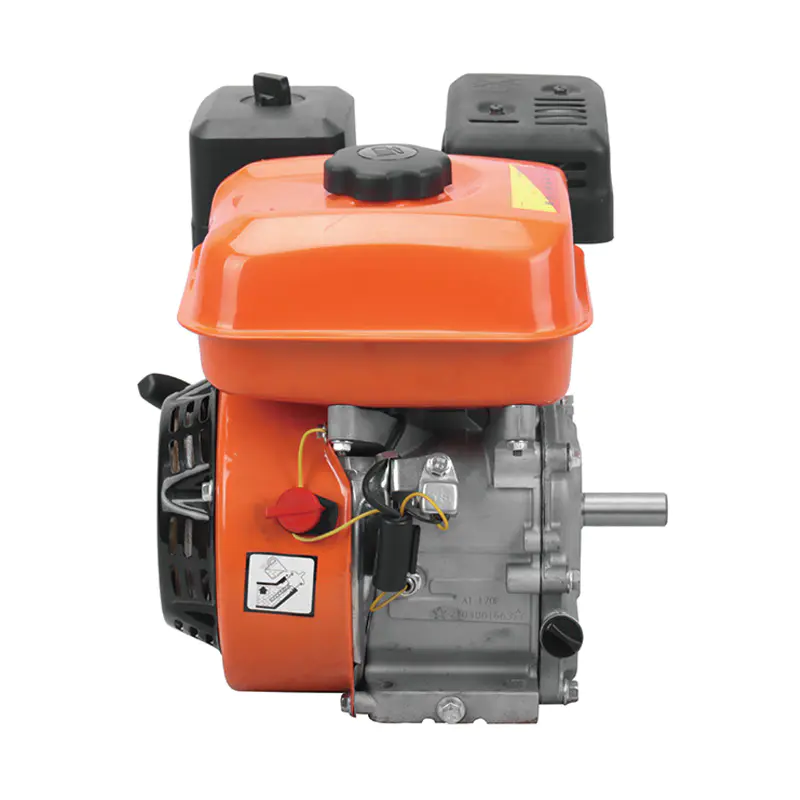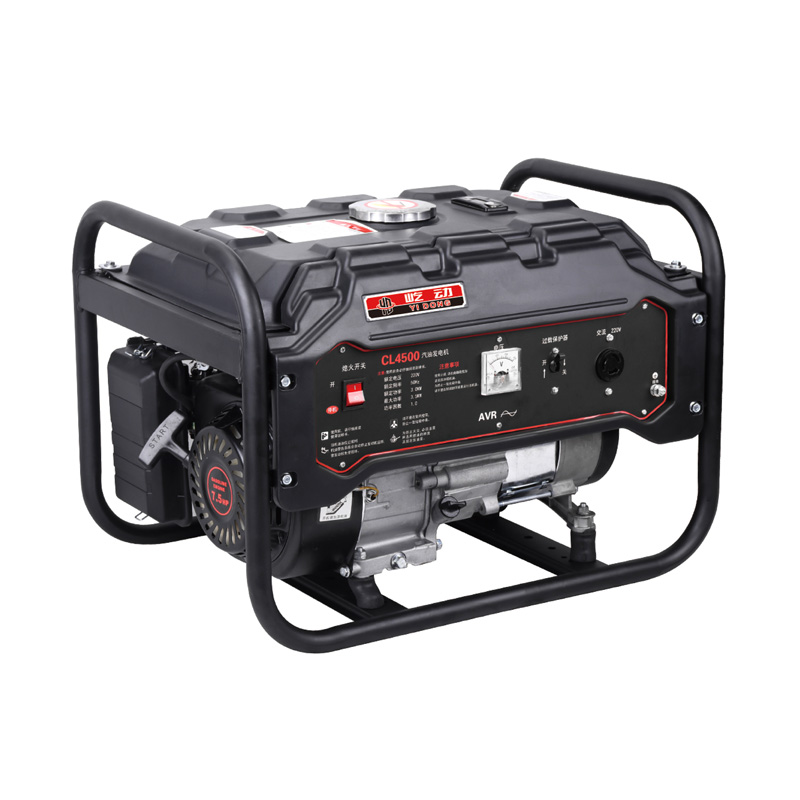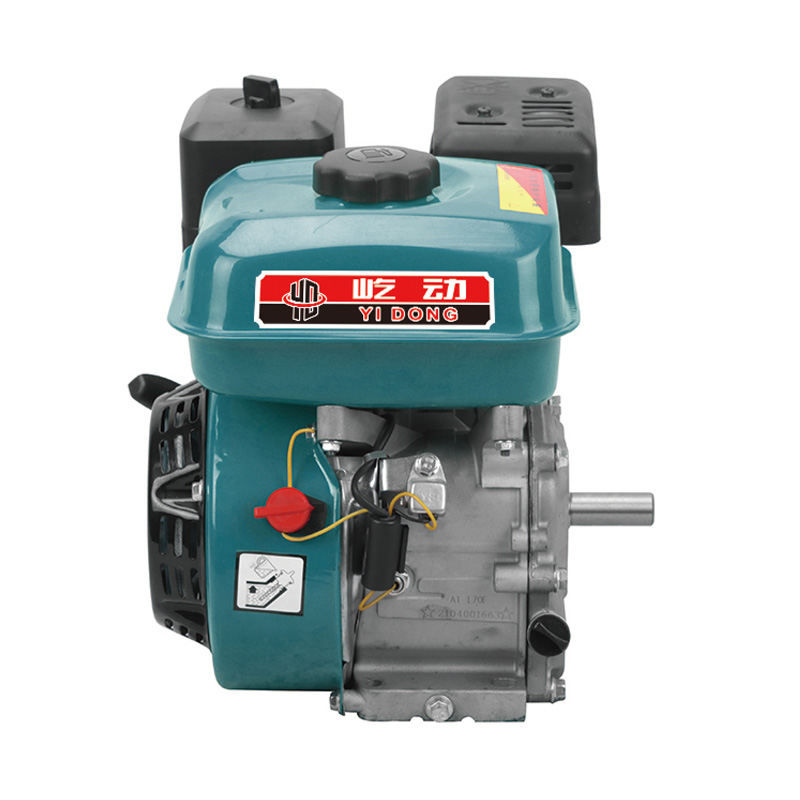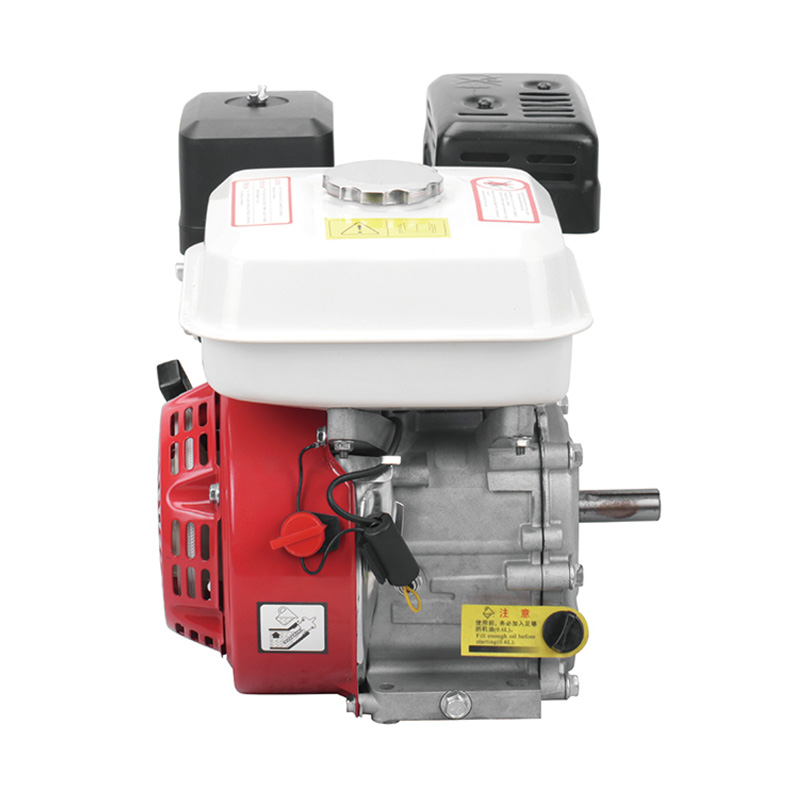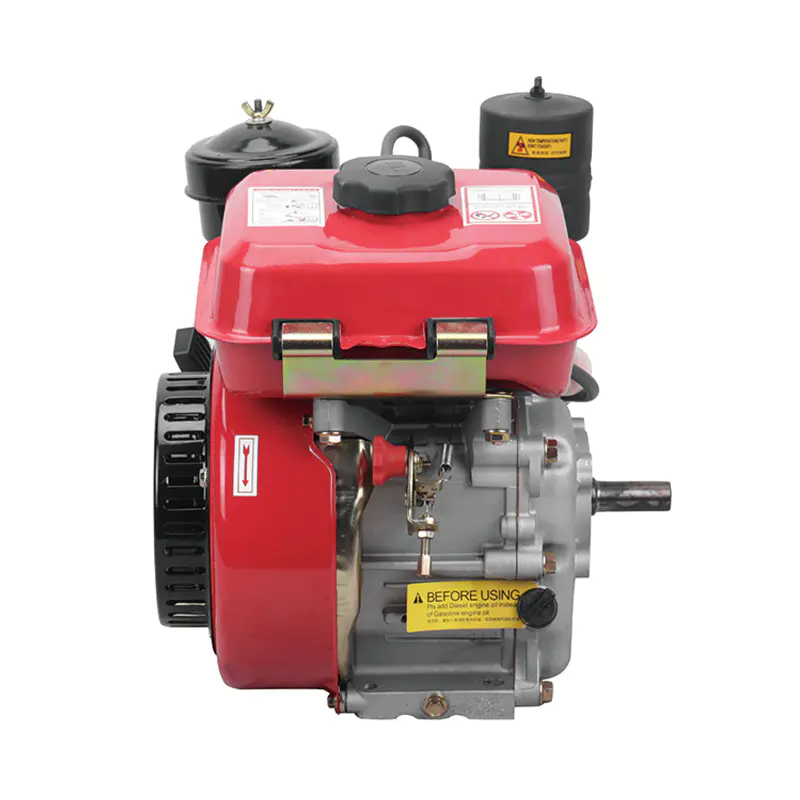Advantages of a Four-Stroke petrol Engine
Four-stroke petrol engines are widely used in automobiles, motorcycles, agricultural machinery, and small industrial equipment. Their popularity is due to several advantages that make them suitable for long-term, reliable operation.
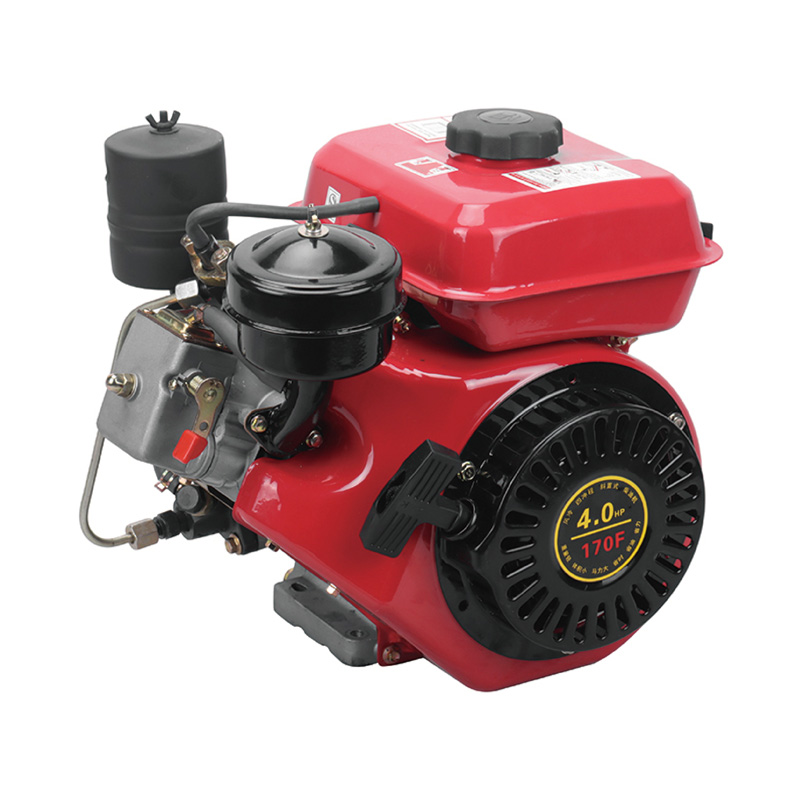
1. Improved Fuel Efficiency
One of the key advantages of a four-stroke engine is its fuel efficiency. In a four-stroke cycle, the engine completes intake, compression, power, and exhaust strokes in two revolutions of the crankshaft. This precise energy conversion allows the engine to use fuel more effectively compared to two-stroke engines, which complete a power cycle in a single revolution. As a result, four-stroke engines deliver longer operational time per liter of fuel, reducing running costs and supporting energy conservation.
2. Lower Emissions and Cleaner Operation
Four-stroke engines are generally cleaner in operation because fuel combustion occurs more completely. The separation of intake and exhaust strokes reduces the amount of unburned fuel released into the environment. This makes four-stroke engines a more environmentally friendly option, particularly in areas with strict emission standards. The cleaner combustion also helps maintain engine components by reducing carbon deposits and the need for frequent maintenance.
3. Durability and Longevity
The design of four-stroke engines emphasizes durability. The reduced engine speed and lower mechanical stress on components, compared with two-stroke engines, result in less wear over time. Bearings, pistons, and cylinder walls tend to last longer, allowing these engines to operate efficiently for thousands of hours with regular maintenance. This durability makes them suitable for heavy-duty applications where long service life is essential.
4. Smooth Performance and Noise Reduction
Four-stroke engines offer smoother and quieter operation. The even power delivery over two revolutions of the crankshaft reduces vibration and noise levels. This feature improves the comfort of vehicles and machinery and enhances operational safety by reducing mechanical strain on connected systems.
By considering these advantages, it becomes clear why four-stroke petrol engines remain a preferred choice for both small and large-scale applications.
What Can We Learn About Four-Stroke Gasoline Engines?
Four-stroke gasoline engines are a specific type of internal combustion engine that operates on gasoline as fuel. Understanding their design and functionality provides insights into why they are widely adopted across various industries.
1. Operational Principles
A four-stroke gasoline engine completes a power cycle in four distinct strokes: intake, compression, power, and exhaust. During the intake stroke, the piston draws in a fuel-air mixture. The compression stroke compresses the mixture to prepare it for ignition. The power stroke occurs when the mixture ignites, pushing the piston downward and creating mechanical energy. Finally, the exhaust stroke expels combustion gases, preparing the cylinder for the next cycle. This structured sequence ensures efficient fuel use and consistent performance.
2. Fuel Management and Control
Modern four-stroke gasoline engines often include advanced fuel management systems, such as electronic fuel injection and computerized ignition timing. These technologies optimize combustion, increase efficiency, and reduce harmful emissions. By precisely controlling the air-fuel ratio, these engines can adapt to different operating conditions, including varying load, temperature, and altitude.
3. Maintenance and Reliability
Four-stroke gasoline engines require less frequent maintenance than comparable two-stroke engines. The separation of strokes reduces stress on engine components and lowers oil consumption. Regular inspection of spark plugs, valves, and timing mechanisms ensures long-term reliability. Understanding proper maintenance routines helps users maximize the performance and service life of these engines.
4. Versatility in Applications
Four-stroke gasoline engines are highly versatile. They power cars, motorcycles, small boats, lawn equipment, and portable generators. Their balance of efficiency, durability, and manageable maintenance makes them suitable for a broad range of applications. Additionally, innovations in engine design, such as variable valve timing and turbocharging, enhance performance without compromising reliability.
5. Environmental Considerations
Compared to older engine designs, modern four-stroke gasoline engines produce fewer emissions and operate more cleanly. Knowledge of combustion processes and emission controls allows engineers and users to select engines that meet environmental standards while providing reliable power.



 English
English русский
русский Français
Français Español
Español عربى
عربى
